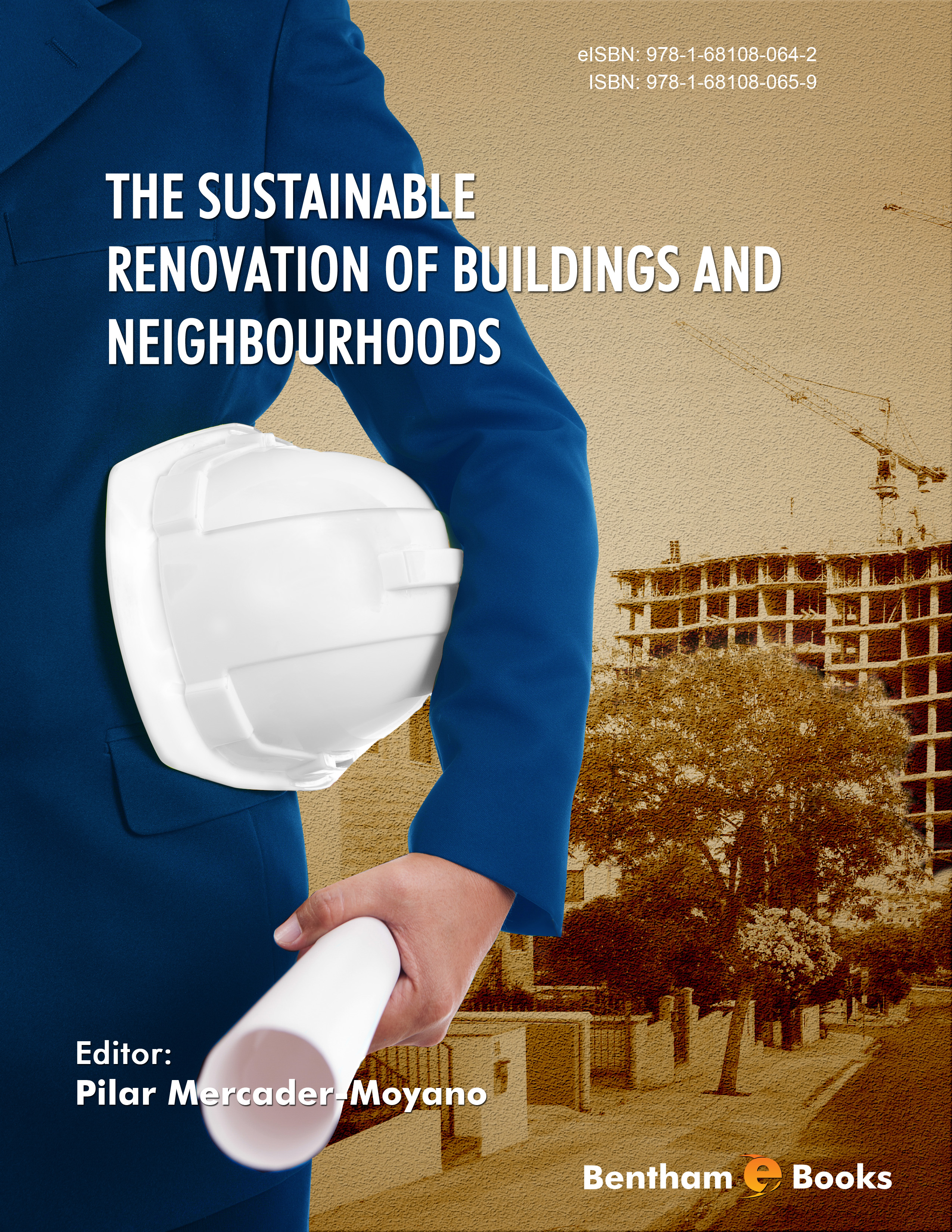Introduction
The Sustainable Renovation of Buildings and Neighborhoods is a collection of papers presented at the International Congress of Sustainable Construction and Eco‐efficient Solutions. This event has established itself as a forum for meeting academics from around the word, researchers and professionals of the construction sector, in which environmental information is shared with a multidisciplinary context, and which involves participants from different areas of the construction process. The congress brings together development proposals through a shared vision of environmental sustainability and presents alternative solutions to problems through technical presentations and trainings, in order to minimize the environmental impact caused by the construction sector.
This monograph celebrates the event’s second international edition and its fourth national edition. The volume contains selected articles written by the participants. Readers will find information about interesting, new developments and concepts on
- - Energy retrofitting in older buildings
- - Tools to determine and measure environmental impact and sustainability indicators
- - Economic / cost based revaluation of buildings through the viability of eco‐efficient solutions
- - Reduction of the consumption of material and energy resources and in CO2 emissions
- - Sustainability research based on the renovation of urban areas.
The studies in this book provide real examples from different countries (Argentina and Spain, for example). The Sustainable Renovation of Buildings and Neighborhoods is a useful reference for researchers and professional architects involved in sustainable development, environmental rehabilitation and the construction industry.

